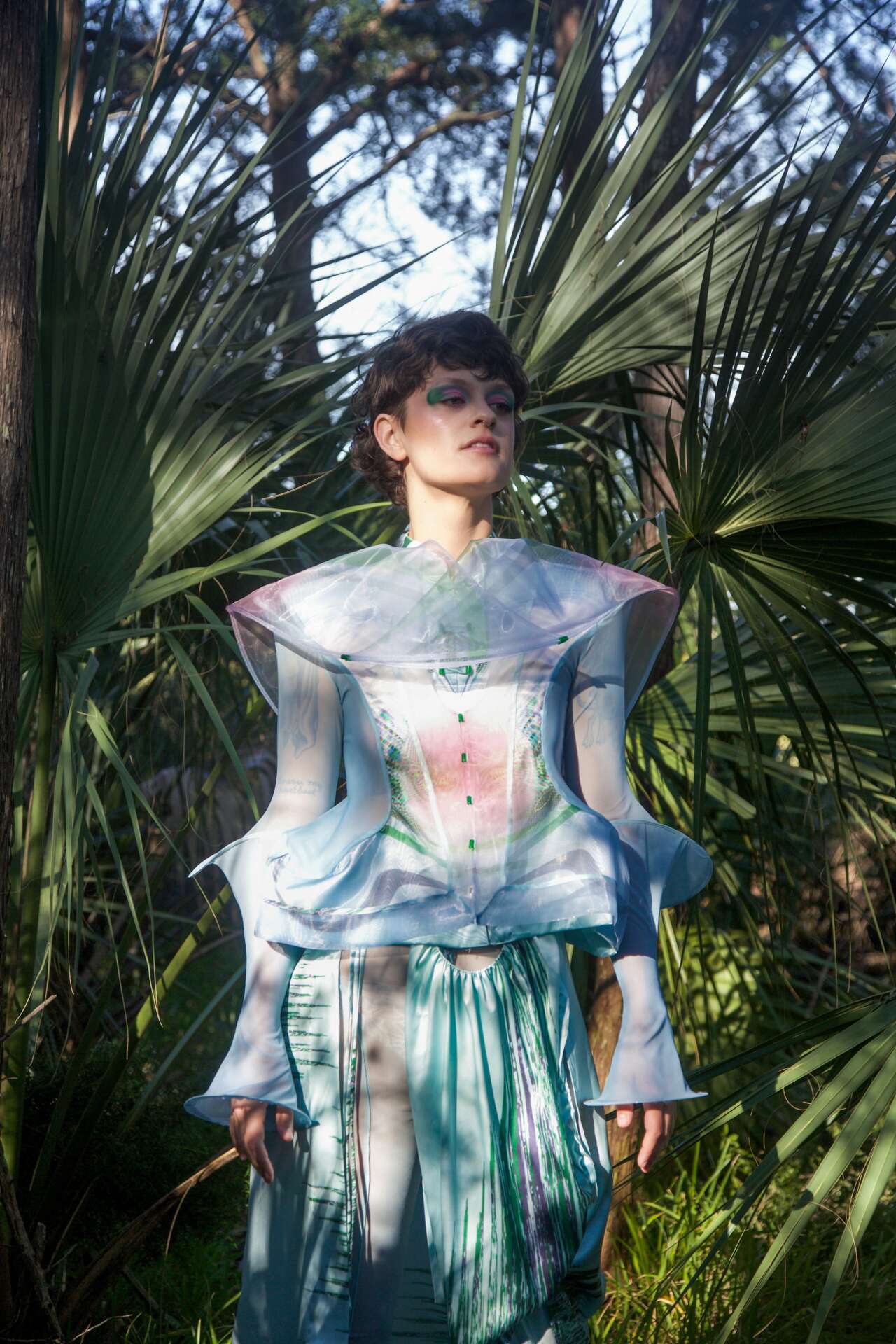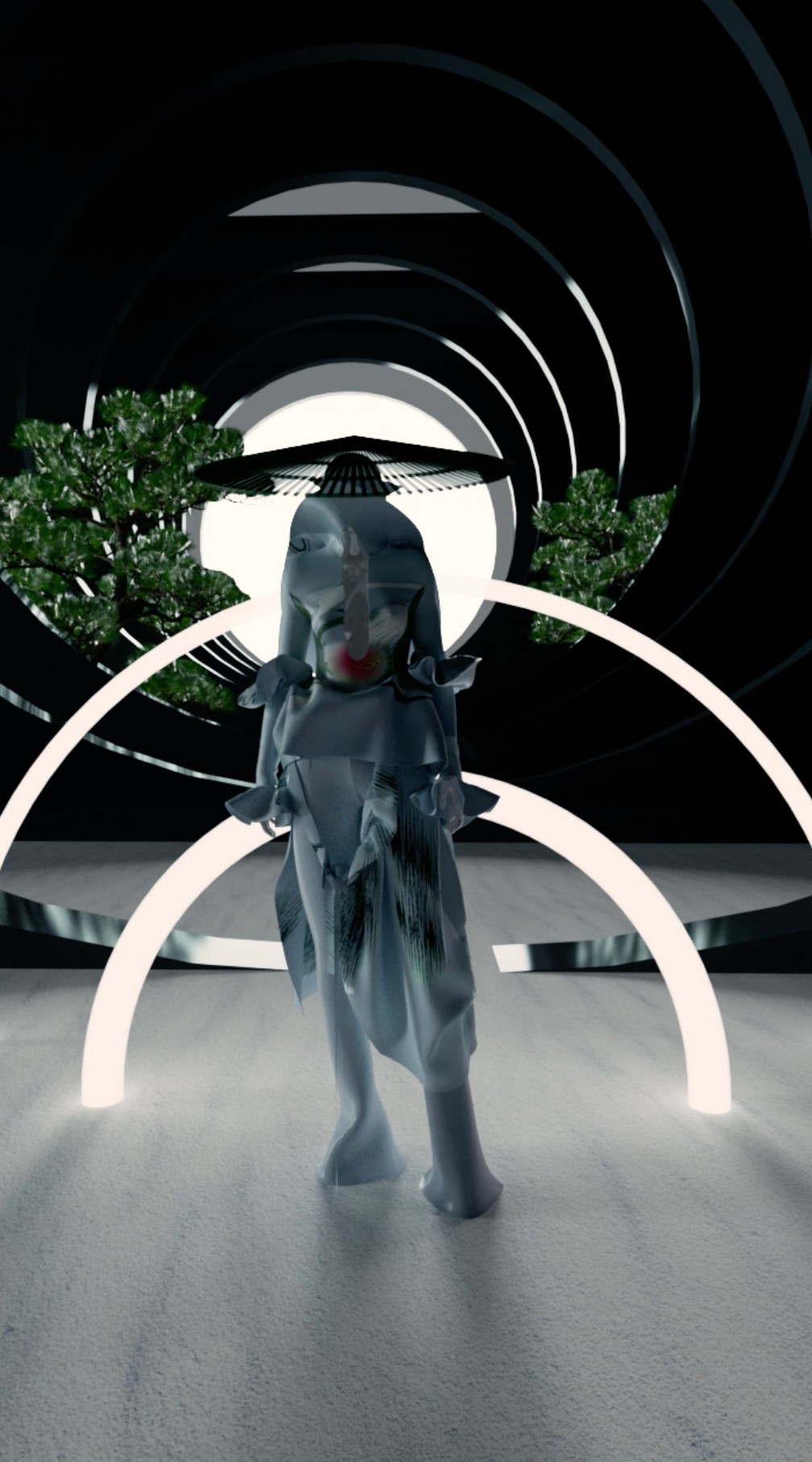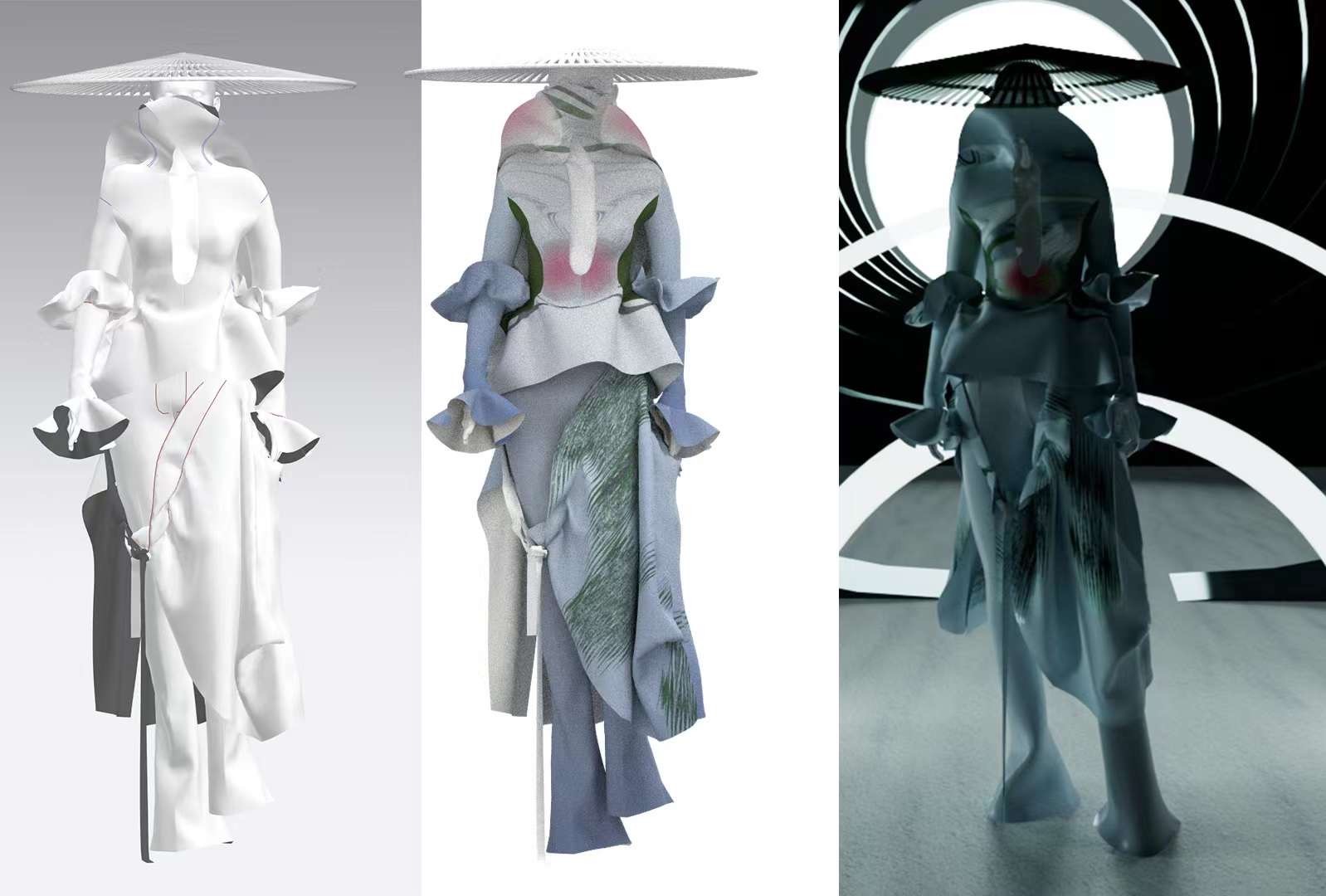We’re excited to introduce you to the always interesting and insightful Lei Zhang. We hope you’ll enjoy our conversation with Lei below.
Lei, thanks for taking the time to share your stories with us today Can you talk to us about a project that’s meant a lot to you?
My thesis project “Virtual Religion” is one of the most meaningful project for me. I express my design concept through virtual and physical combination. The inspiration for the “virtual religion” came from the Chinese word “spiritual realm” coined by the Chinese scholar Mr. Qian Xuesen, who associated the “virtual world” with Dacheng wisdom. These ideas inspired me to use the concept of “religion” to understand the virtual world.
Since the epidemic, I believe most people have recognized the changes the internet has brought to our lives. Everyone has a “second life” in the online world, and this change has been happening for a long time, and the epidemic was just a catalyst. This has inspired me to think about what a virtual world is. That’s why I’m doing this topic. And the process of making this series is what I consider to be a change of perspective on the fashion industry.
The traditional apparel industry has serious ethical problems, environmental pollution, labor oppression and resource waste are all problems that all practitioners in this industry are trying to overcome. The development of virtual technology has provided the apparel industry with a new way of presentation. Apparel designers can realize the whole design process from 0-1 with one computer, no longer limited by materials and space. This project made me more sure of the importance of virtual fashion.


Lei, love having you share your insights with us. Before we ask you more questions, maybe you can take a moment to introduce yourself to our readers who might have missed our earlier conversations?
The story of my entry into fashion is not new; my aunt inspired me and my mother encouraged me. I really got into the fashion industry after finishing my undergraduate degree at BIFT. I worked as a fashion designer for two fashion companies. This experience developed me into a professional fashion designer. I enjoyed the process of being a designer, and it was very satisfying to make my ideas into real clothes and achieve commercial success. But at the same time I was thinking about what fashion was, and I went back to school with the hope of having a clearer purpose.
Global epidemic broke out after I entered SCAD, but often opportunities come with crises. It was in this context that I was introduced to virtual clothing. I began to understand in depth what virtual fashion is and how to realize a set of virtual fashion. It was so different from traditional fashion that one second I had a sketch of inspiration and I could immediately simulate my design through modeling software. It’s like going from a 3G network to a 4G network, my ideas don’t need to go through a long process of pattern making, production and communication to be shown. It’s a disruptive change. I immediately fell in love with virtual clothing. Eco-friendly and sustainability are the most attractive aspects of virtual fashion. The traditional apparel industry has serious ethical issues, environmental pollution, squeezed labor and wasted resources are all issues that all those involved in this industry are trying to overcome. The development of virtual technology has provided the apparel industry with a new way of presenting itself. Apparel designers can realize the entire design process through a single computer, no longer limited by materials and space.
I have been exploring how to commercialize virtual apparel during my graduate studies, and we can see that many top fashion houses have launched their own virtual apparel projects, as well as leading companies like Fabricant, DressX are constantly exploring the practice of commercializing virtual apparel. As a member of the fashion industry, I am also introducing virtual fashion to more people through my own efforts.


Looking back, are there any resources you wish you knew about earlier in your creative journey?
There are too many. The first thing that came to my mind was the technology barrier. When I started learning about virtual fashion, I was alone. I couldn’t find the right people to talk to about how to combine virtual clothing with virtual scenes, which are two different industries. Nowadays I can see a lot of designers to share their production process online, which is very important for a techie.
We’d love to hear your thoughts on NFTs. (Note: this is for education/entertainment purposes only, readers should not construe this as advice
This is a very hot topic. I see a lot of industry leaders coming forward to analyze NFTs. Whether in a positive or negative direction, I think it’s very understandable. If I were to explain my understanding of NFTs in one sentence, it’s a subgenre-breaking product. The most important thing in the traditional business definition of a valuable item is that it can be circulated. In the past we thought that a commodity had to be a real object, but the development of society has allowed us to understand the value of ideas. NFTs are a circulating, conceptual, product.
The basis on which NFTs can exist is a consensus. What is the future of humanity? After we know the fact that the earth will eventually be destroyed, then what should we do? The instinct of survival makes humans explore various ways to change the end of being disappeared. Virtualization is just one of the various ways. If we understand that the future of humanity may be to achieve pure virtualization, then the value of NFTs becomes clear.
In a context where virtualization of money is possible, virtualization of humans is not so far away. The virtual world, like the real world, has “land” and “resources”, and NFTs are just a form of “resources”, just like commodities in reality.
Contact Info:
- Website: leiz-3dfashion.com
- Instagram: lei_zhanglei
- Linkedin: linkedin.com/in/lei-zhang-47b014227
Image Credits
Lei Zhang


